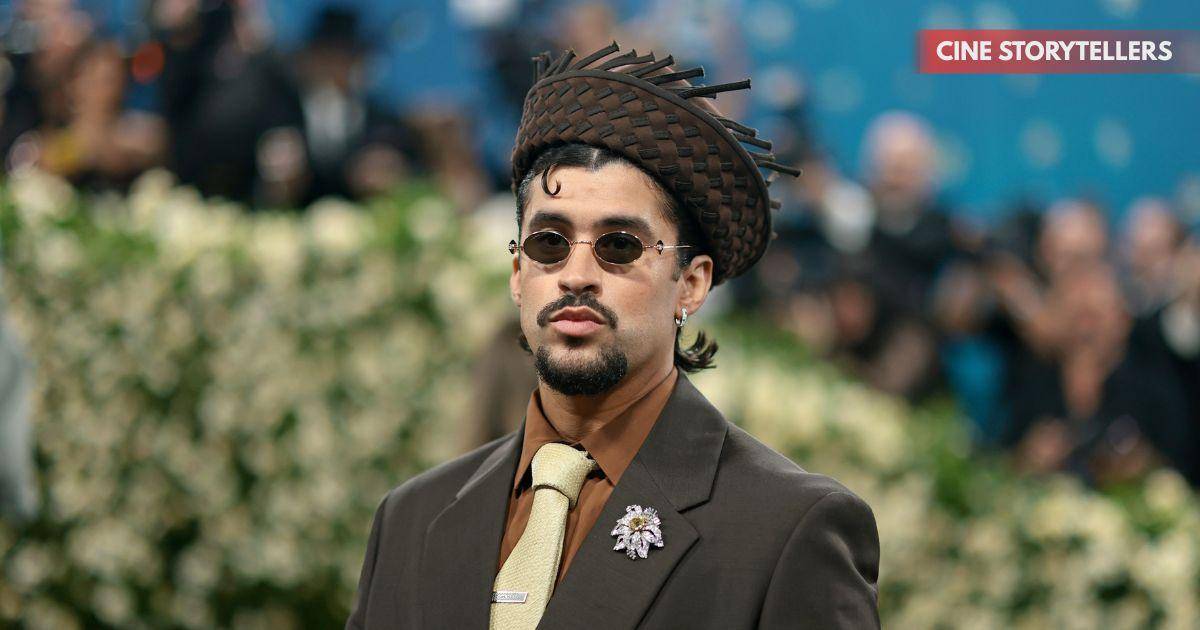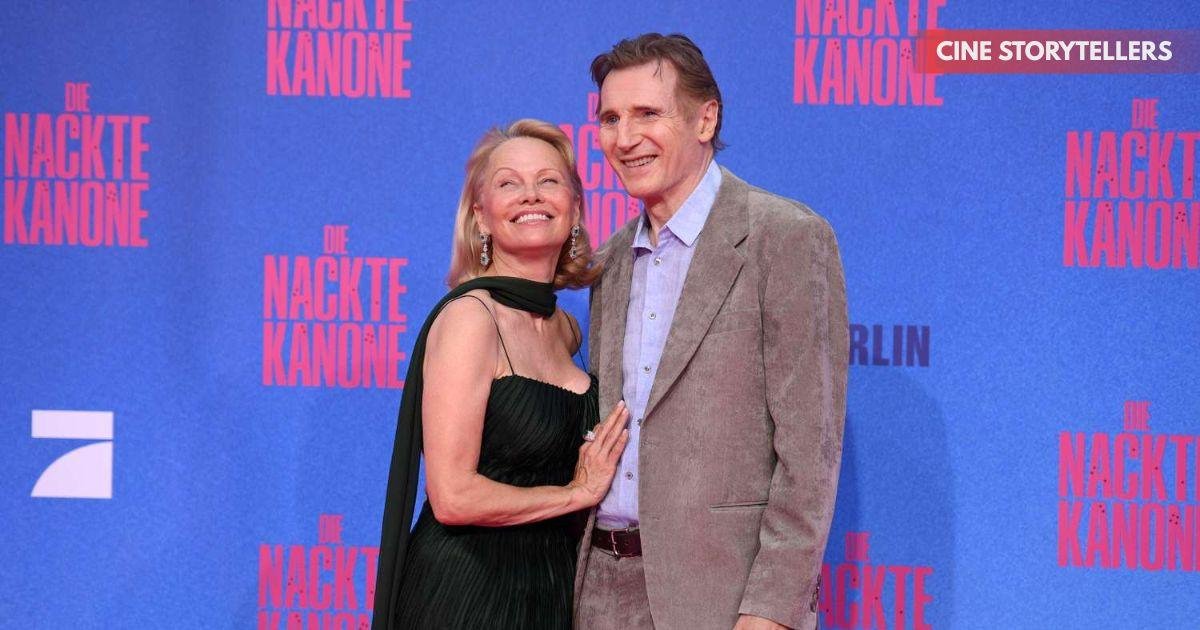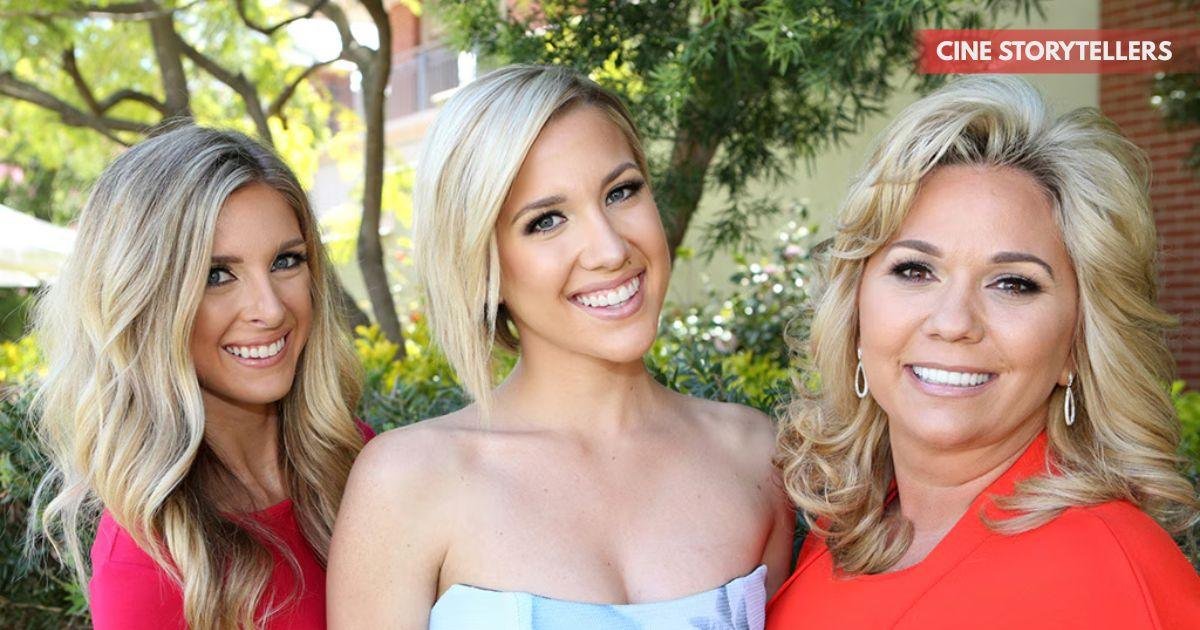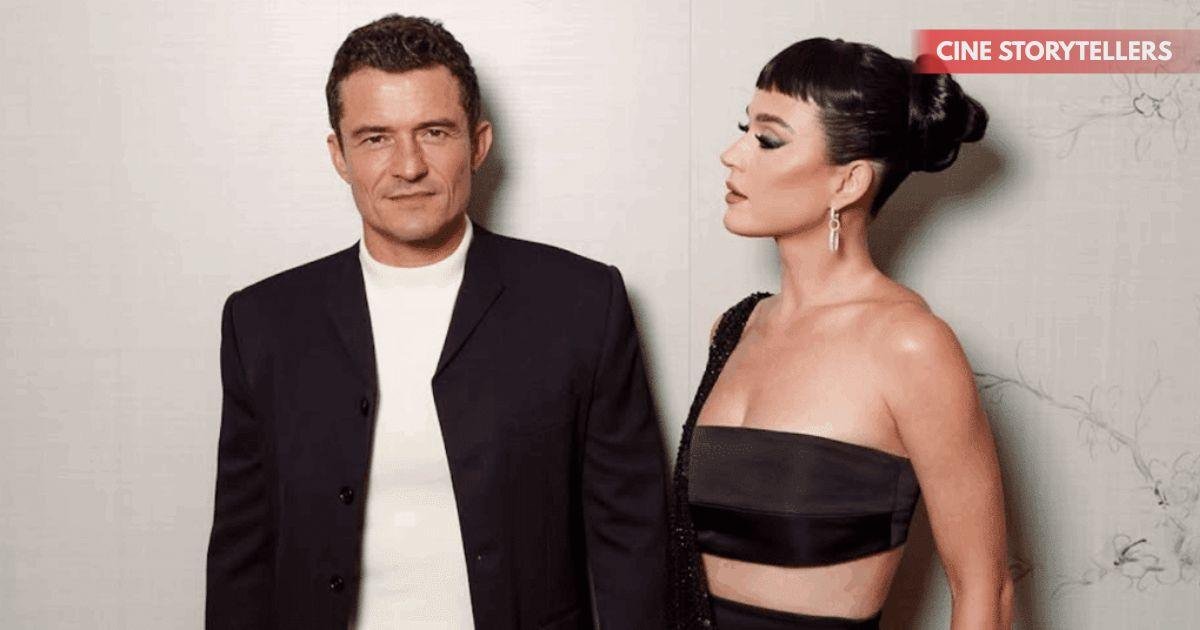The NFL confirmed that Bad Bunny (Benito Antonio Martínez Ocasio) will headline the Super Bowl halftime show on February 8, 2025, at Levi’s Stadium in Santa Clara, California. This announcement instantly became one of the most discussed entertainment stories of the year.
Bad Bunny is not new to the Super Bowl stage — he previously performed alongside Shakira and Jennifer Lopez in 2020. However, this time he stands in the spotlight as the first-ever solo Puerto Rican artist to lead the halftime show.
In a heartfelt statement, Bad Bunny said:
“What I’m feeling goes beyond myself. This is for my people, my culture, and our history.”
This performance isn’t just about music; it’s a declaration of identity and a celebration of Puerto Rican pride on the biggest stage in the United States.
A Cultural Moment for Puerto Rico
For Puerto Rico, a U.S. territory often caught in political and economic struggles, Bad Bunny’s presence on such a massive platform holds deep meaning. He has consistently used his global influence to highlight issues affecting his homeland — from disaster recovery to political corruption.
By representing Puerto Rico at the Super Bowl, Bad Bunny sends a message of empowerment and visibility to millions watching around the world. His music, deeply rooted in reggaeton and Latin trap, has always embraced the island’s slang, rhythms, and resilience.
The inclusion of Puerto Rican cultural symbols — from traditional outfits to lyrical references — is expected to turn his Super Bowl performance into a cultural showcase rather than just a musical act.
Facing MAGA Backlash and Political Criticism
Not everyone has celebrated Bad Bunny’s Super Bowl announcement.
A segment of conservative MAGA supporters criticized the NFL’s choice, calling the decision “too political” and labeling Bad Bunny as “divisive.” The backlash reflects broader cultural and political tensions in the U.S., where artists of color who proudly express their identity often face hostility from certain groups.
Bad Bunny’s previous statements about social justice, equality, and Latino pride have also placed him at odds with right-wing audiences. His refusal to conform to stereotypes — from wearing skirts to promoting gender inclusivity — has made him a cultural disruptor.
Despite the criticism, the artist has not shied away from controversy. His approach to fame has always been unapologetically authentic. “If people don’t understand my message, that’s fine,” he once said. “I make music for my people first.”
Breaking Barriers in Mainstream Music
Bad Bunny’s journey from a grocery store bagger in Vega Baja, Puerto Rico, to the world’s most streamed artist on Spotify for three consecutive years is nothing short of revolutionary. His rise represents the globalization of Latin music and the breaking down of barriers in the U.S. music industry.
He has successfully crossed over into English-speaking markets without compromising his language or culture, proving that authenticity resonates universally.
From headlining Coachella to dominating the Billboard charts, his influence extends far beyond Latin audiences — shaping the sound of global pop itself.
The Super Bowl 2025 performance is expected to blend powerful visuals, cultural elements, and political undertones, showcasing the full scope of Bad Bunny’s artistry.
A Global Star Representing Local Roots
While most artists tone down their local identities to appeal to mainstream audiences, Bad Bunny has taken the opposite route. His music videos, lyrics, and performances are filled with Puerto Rican slang, flag imagery, and community references.
He’s not only a pop star but also a symbol of resilience for Puerto Rican youth — someone who speaks their language, looks like them, and stands for them unapologetically.
This strong sense of identity is what makes his Super Bowl show more than entertainment — it’s a moment of cultural affirmation. Every move he makes on stage will carry the spirit of his island.
Social Media Erupts in Support
Following the announcement, social media platforms like X (formerly Twitter) and Instagram exploded with support for Bad Bunny.
Fans from across Latin America and the U.S. praised the decision, calling it “historic” and “long overdue.”
Many Puerto Ricans expressed pride in seeing one of their own representing the island on such a massive stage.
Memes, fan art, and even themed merchandise began circulating within hours — a testament to the cultural gravity of the moment.
Even celebrities like Cardi B, Rosalia, and J Balvin shared messages of encouragement, highlighting how Bad Bunny’s success is seen as a win for the entire Latin music community.
The Power of Representation
The Super Bowl halftime show has often been a space for cultural statements — from Beyoncé’s Black Lives Matter symbolism in 2016 to Shakira and J.Lo’s Latin pride in 2020.
Bad Bunny’s upcoming show continues that tradition, but with a distinctly Puerto Rican voice.
His presence symbolizes a shift in American pop culture — where multiculturalism, diversity, and authenticity are finally being celebrated rather than sidelined.
Bad Bunny’s message is clear: representation matters, and the world is ready to see it in full color.
What to Expect from Bad Bunny’s Super Bowl Show
While the full setlist remains under wraps, fans can expect a dynamic blend of:
- Latin trap and reggaeton hits like Tití Me Preguntó, Dakiti, and Un Verano Sin Ti
- Visuals reflecting Puerto Rican culture and Caribbean aesthetics
- Potential guest appearances from global Latin artists
- Political undertones that subtly highlight Puerto Rican pride and identity
Given Bad Bunny’s reputation for innovation and storytelling, the halftime show will likely merge social commentary with spectacular entertainment — making it one of the most anticipated performances in recent Super Bowl history.
Conclusion
Bad Bunny’s Super Bowl 2025 halftime performance represents far more than just music. It’s a celebration of Puerto Rican culture, a challenge to stereotypes, and a bold statement of unity and pride.
Despite MAGA backlash and political criticism, the artist continues to redefine what it means to be a global star with local roots. His upcoming show is set to be a turning point — not only for Puerto Rican representation but for the future of inclusive entertainment worldwide.
Also Read : Lollapalooza 2025 Hulu Livestream: Full Schedule, Lineup, Headliners
FAQs
Q1. When is Bad Bunny performing at the Super Bowl?
Bad Bunny will headline the Super Bowl halftime show on February 8, 2025, at Levi’s Stadium in Santa Clara, California.
Q2. Why is Bad Bunny’s Super Bowl performance historic?
He will be the first Puerto Rican solo artist to headline the Super Bowl halftime show, marking a milestone for Latin and Caribbean representation.
Q3. Why are MAGA supporters criticizing Bad Bunny?
Some MAGA supporters have accused him of being “too political” due to his outspoken pride in Puerto Rican identity and advocacy for social issues.
Q4. What can fans expect from his performance?
A mix of reggaeton and Latin trap hits, powerful visuals, and cultural symbolism that celebrates Puerto Rican heritage.
Q5. How has the public reacted to the announcement?
The reaction has been overwhelmingly positive, with fans and celebrities praising Bad Bunny for representing Latin culture on such a global stage.
Join our WhatsApp channel for more updates and information about celebrities and entertainment
Discover more from Cine Storytellers
Subscribe to get the latest posts sent to your email.



